James McPake has praised his players for their ability to adapt to different formations this season.
The Dunfermline Athletic manager started the season with a back four before switching to a back three a few games in.
In recent weeks he has switched between the two in-game – most recently at half-time in the win over Kelty Hearts with the score at 1-1.
Even within those set-ups there have been tweaks, mainly in the midfield.
In the first league match of the season, with the score 0-0 at home to Alloa Athletic, McPake successfully switched to a back three as the Pars went on to win 1-0.
Being adaptable
There have been a few too many dropped points for everyone’s liking but a return of one defeat in 13 matches is not to be sniffed at.
“It is real credit to the players, we work on a couple of shapes,” said the Pars boss.
“I think that you do need to be adaptable.
“Most games this season I think we have changed shape within game.
“That is something that myself and Dave [Mackay] have learned that instead of just asking the players to do it there and then in a game and you are putting subs on, can you work on it and be that bit more flexible?”
The first league match Dunfermline started in a back three was the draw at home to Airdrieonians.
That formation largely worked but was improved when Sam Fisher was brought into the defence.
Comrie impact
Aaron Comrie, who’d performed well in the right-sided centre-back role, was moved to right-wingback.
It had an instant impact. He got to the back post to finish a whipped Joe Chalmers to open the scoring in the 3-0 away to Alloa.
Comrie’s goal:
Those types of runs are something McPake said he’d been frustrated there weren’t more of. “For whatever reason they don’t want to do it,” he said after the match.
He has had much more of that since – mainly through Comrie.
However, this strength is a potential weakness in Saturday’s visit to the Falkirk Stadium.
“When the game starts you are never really in your shape unless the other team is set up and the ball is taking a while to come in,” he said.
“Falkirk are a prime example of that. [Goalkeeper Nicky] Hogarth will play really quickly if he catches the ball.
“If we have wingbacks in at the back post trying to header it and the other wingback crossing, we are never in our set-up shape so we need to be flexible
“We need to be adaptable and that is credit to the players.”
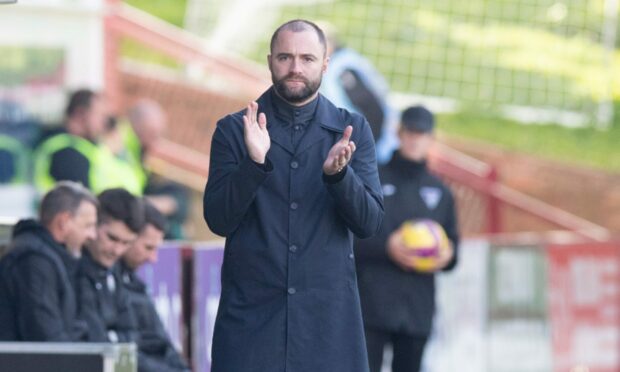
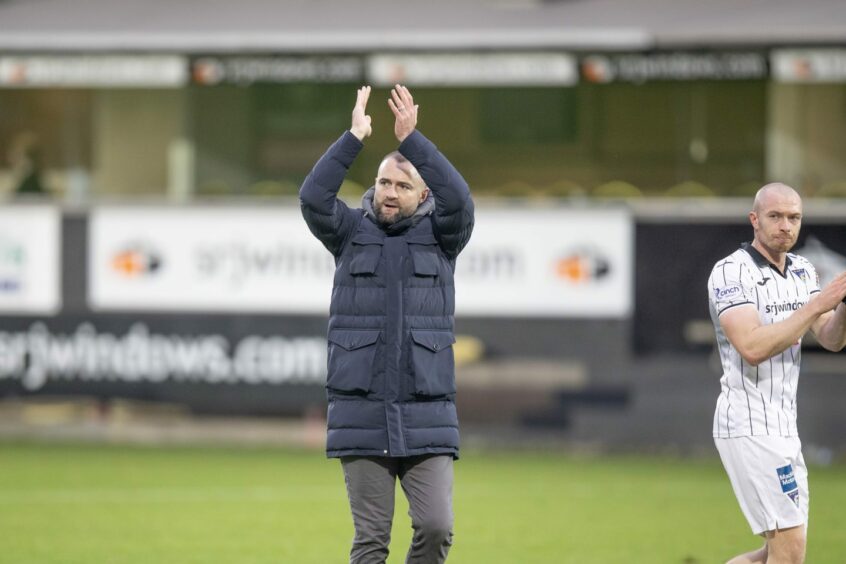

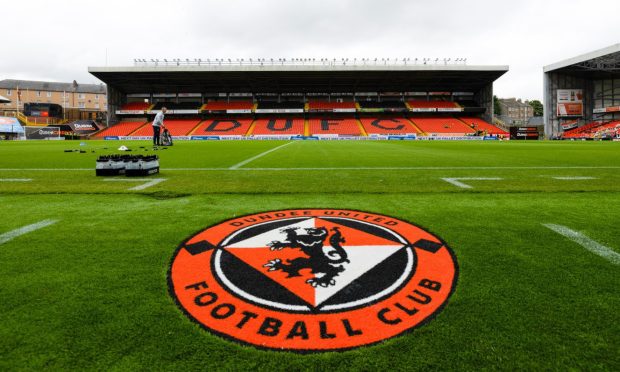
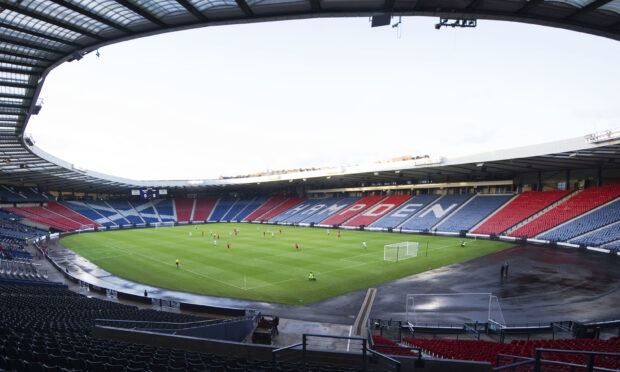
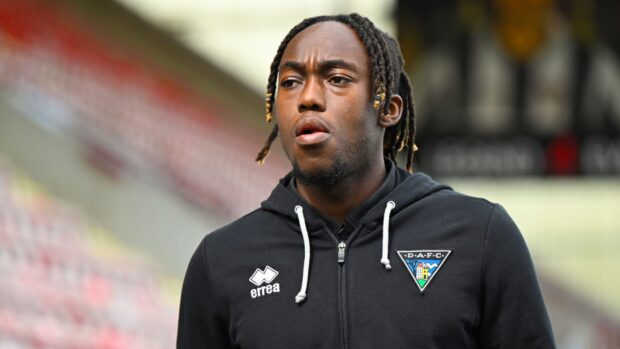
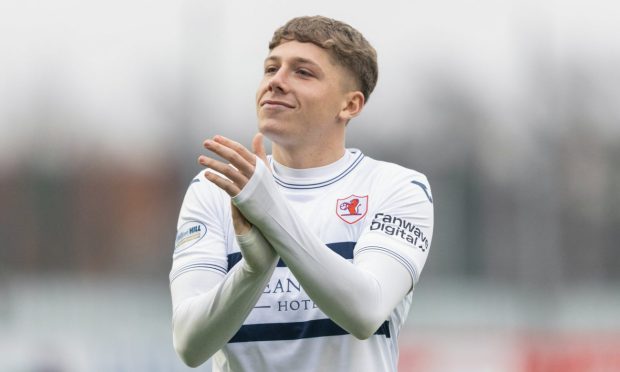
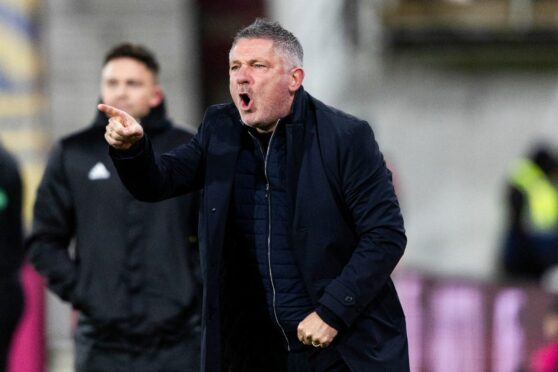
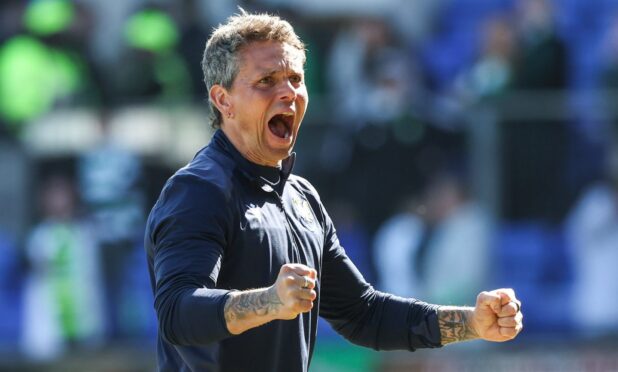
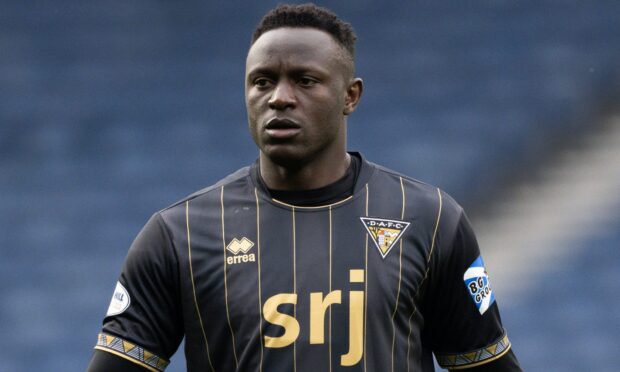
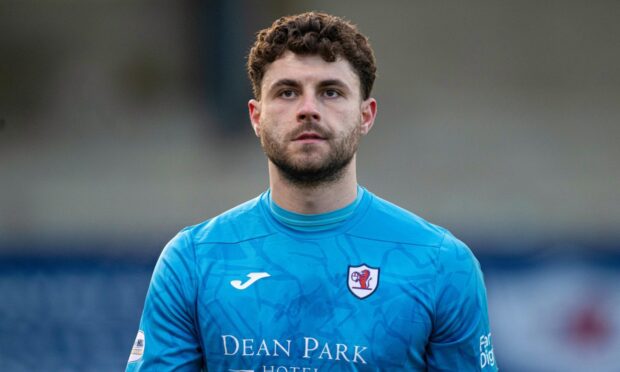
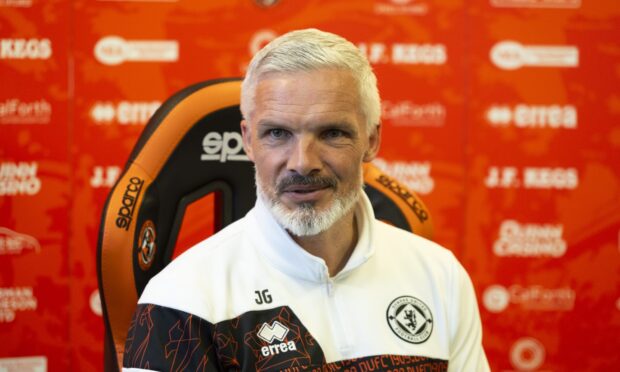
Conversation